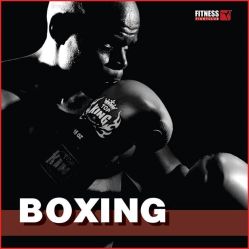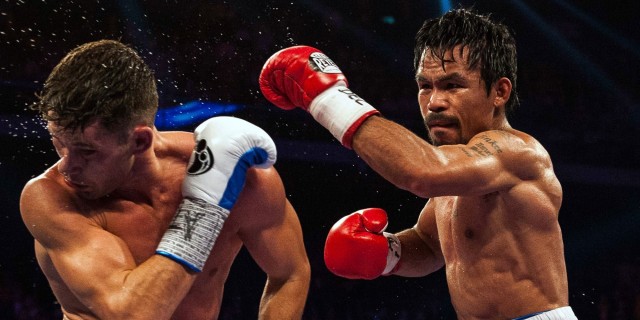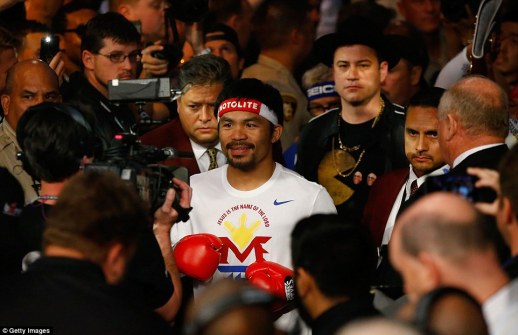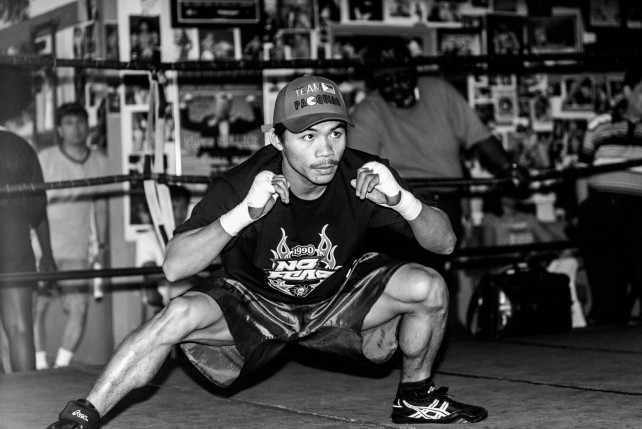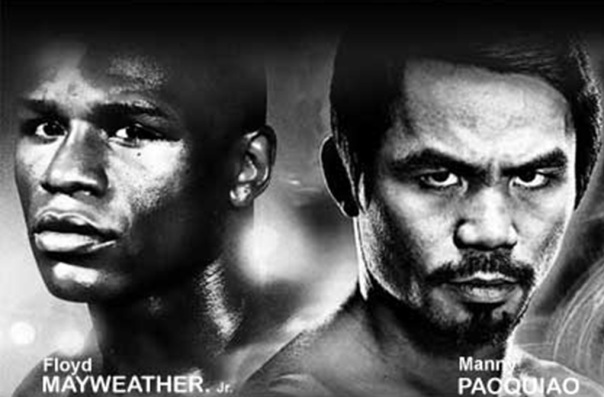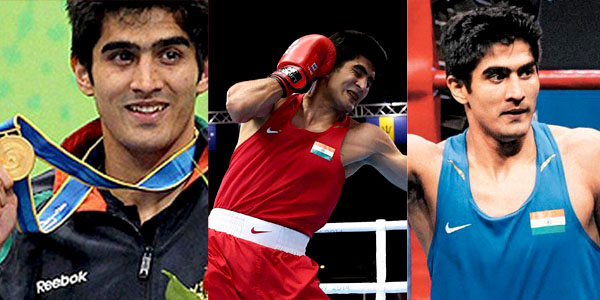
August 20, 2008 can certainly be considered as a turning point in the history of Indian boxing. A bronze medal at the Beijing Olympics – the first ever by an Indian boxer – put India on the boxing map of the world. This wasn’t all, there was more; another bronze, another first, this time at the 2009 AIBA World Boxing Championship in Milan. Vijender Singh brought the glory back to Indian Boxing and contributed greatly towards the growth and popularity of boxing in India.
Early life
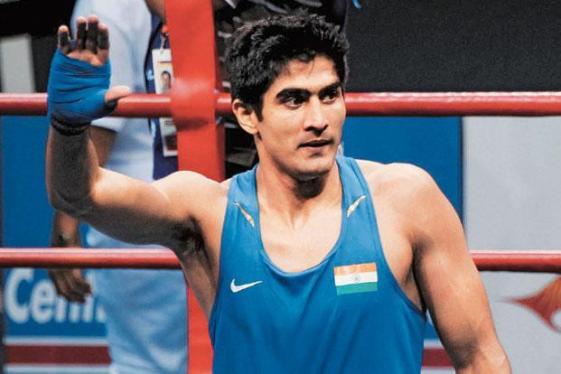
Born in Bhiwani, Haryana to Mahipal Singh Beniwal, a bus driver, Vijender’s life was no joyride. Vijender’s father worked really hard to support his family. In 1990, Raj Kumar Sangwan received the Arjuna Award for boxing thus increasing the craze for the sport. Inspired by him, Vijender and his brother, Manoj decided to take up boxing as a full time career. However, in 1998 Manoj got selected in the Indian Army and provided Vijender with all the monetary help he needed at that time to pursue boxing.
Foray into Boxing
Vijender started training at the Bhiwani Boxing Club where Jagdish Singh, a former National level boxer, recognised the potential in Vijender. In order to bear the training expenses, Vijender worked several odd jobs. He encountered success in the year 1997 when he won his first silver medal at sub-junior level championship and went on to bag his first gold medal at the 2000 Nationals. In 2003, he became the All India Youth Boxing Champion.
The Afro-Asian games, in 2003 proved to be the turning point in Vijender’s career. Despite being a junior Boxer, he not only managed a selection in the Indian team but also won a silver medal in the events. This brought him recognition at the National and International stage, marking the commencement of an unstoppable journey.

Having won medals in different competitions at the National level, Vijender was picked to train and compete at several International level competitions. However, the journey was not smooth. After a bout of victory, Vijender lost to his rival Mustafa Karagollu of Turkey by a score of 20-25 in the welterweight category in the 2004 Athens Olympics. In 2006 Commonwealth Games, Vijender lost in the finals but managed to clinch a bronze medal by defeating Neil Perkins of England. Vijender went on to participate in the 2006 Asian games held at Doha, where he secured a bronze medal after losing to a strong contender Bhakhtiyar Artayev of Kazakhstan only to defeat him few years later in the final bout of President’s Cup Boxing Tournament in 2008. After the win, a confident Vijender commented, “I just want to say that Indian boxers are no longer a weak lot; all are doing well at the international level. Our boxing graph is going up all the time and the rest of the world is now scared to face Indian boxers.”
Beijing Olympics & Rise to Stardom
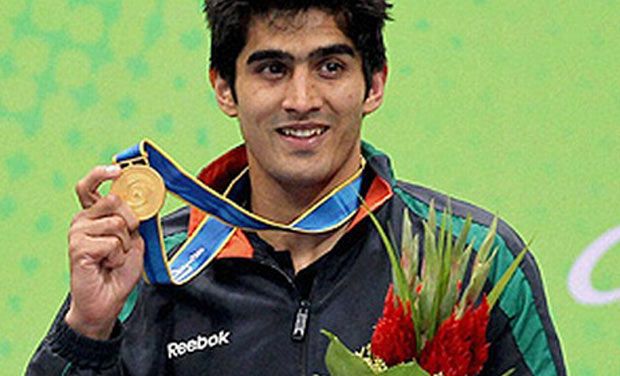
In preparation for the 2008 Beijing Olympics, Vijender underwent extensive training at the National Institute of Sports in Patiala. He defeated Badou Jack of Gambia 13–2 in the round of 32. In the round of 16, he defeated Angkhan Chomphuphuang of Thailand 13–3 to reach the Middleweight Boxing Quarterfinals. He beat southpaw Carlos Góngora of Ecuador 9–4 in the quarterfinals on 20 August 2008 which guaranteed him a medal, the first ever Olympic medal for an Indian boxer. His winning streak was halted by Cuban boxer Emilio Correa in the semi finals. Nonetheless, Vijender won a Bronze medal, the first ever for an Indian Boxer. For his commendable achievements, Vijender was felicitated with the the Rajiv Gandhi Khel Ratna award – India’s highest Sports honour, along with Sushil Kumar and MC Mary Kom. After missing out on the Padma Shri the same year, Vijender took a job with the Haryana Police department for Rs 14,000 per month. Vijender participated in the 2009 World Amateur Boxing Championships. He won a Bronze Medal after losing to Abbos Atoev of Uzbekistan in the semi-final of the 75 kg Middleweight category, by 7 points to 3. In the same year, the International Boxing Association (AIBA) announced Vijender as the top-ranked boxer in its annual middleweight category list with 2800 points.
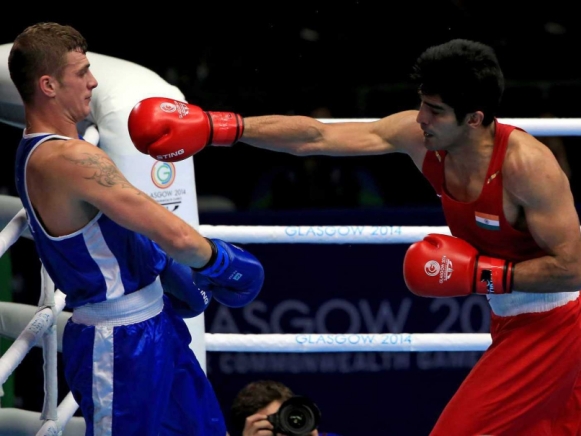
The following year, Vijender was awarded the Padma Shri for outstanding contribution to Indian sports. At the 2010 Commonwealth Games in New Delhi, Vijender was beaten by England’s Anthony Ogogo in the semi-finals and secured a bronze medal. A month later at the 2010 Asian Games in Guangzhou, he beat two-time Uzbekistan’s world champion Abbos Atoev 7-0 in the final. In the 2012 London Olympics, he lost to Atoev 13-17 in the quarter-final, thus missing out on the bronze medal. After the event, Vijender had expressed his desire to move up a weight category to 81 kg class.
Vijender’s style of technical boxing with hooks and uppercuts has often been compared to Hollywood action superstar Sylvester Stallone’s character from the famous ‘Rocky’ series. Vijender cites Stallone as one of his primary influences along with Muhammad Ali and Mike Tyson. Vijender’s fitness regime comprises of weight training, running and cardio exercises. He is also big on yoga and meditation. “You need to soften up a boxer and if you don’t know when to land the killer blow, you miss an opportunity,” claims the boxer.
Professional Career
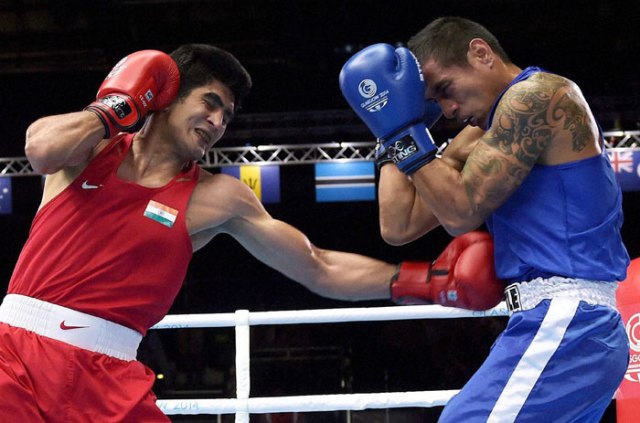
In 2015, Vijender signed a multi-year promotional agreement with Queensberry Promotions with Francis Warren as his Promoter. Vijender has had a successful inning ever since he turned pro. Vijender has beaten Sonny Whiting, Dean Gillen and Hyuseinov in to record his three straight wins in pro boxing. Vijender is gearing up for his fourth professional bout against the slightly more experienced Hungarian boxer Alexander Horvath on March 12th in Liverpool.
Besides being a boxer , Vijender has also been hailed as a pin-up boy in the mainstream media. He has done a hindi movie, ‘Fugly’ along with various ramp walks, modelling and ad campaigns. His commercial brand value is close to Rs 1.5 crore in endorsements and is managed by Percept India, a celebrity management firm.
Vijender’s remarkable accomplishments have truly paved the way for future generations and given Indian pugilists the impetus and resolve of making it big at the global arena.
_________________________________________________________________
It’s never too late to learn Boxing. Sign up here https://goo.gl/FWnXfG with us for your Trial Class and take the first step towards reinventing yourself.
For more information, visit www.fitnessfightclub.com
